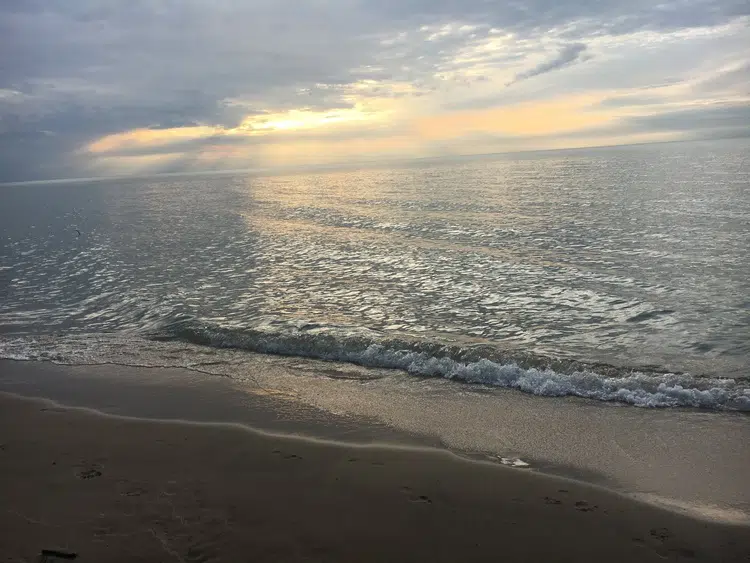KALAMAZOO, MI (WKZO AM/FM) — Tuesday, Co-Founder and Executive Director of the Great Lakes Surf Rescue Project (GLSRP) Dave Benjamin spoke with WKZO about recent Great Lakes drowning data.
According to a new data release from the GLSRP, as of November 30, there have been 110 Great Lakes drownings this year, 57 of which were in Lake Michigan.
This means that 2020 is the deadliest year since at least 2010, at which time there were 74 drownings total. Overall, the GLSRP has recorded 948 drowning deaths over the decade.
Lake Michigan remains the lake with the highest rate of drownings, and was also the deadliest lake in 2019 with 48 drownings.
Dave Benjamin says there are multiple factors as to why Lake Michigan has the highest rates.
“When we look at Lake Michigan, there is a higher population density along the lake front, as well as being a popular tourist destination,” Benjamin said. “There’s a lot of access to the water, and a lot of beaches, especially Michigan, do not have lifeguards. To top it off, the nation doesn’t have a national water safety program in place, let alone a regional one for the Great Lakes, and we’ve been acting as the regional water safety education program for the Great Lakes. We’re largely doing that with very little to no funding.”
Despite this, Benjamin says there are efforts underway to make beaches safer for residents. He noted that South Haven may be the first area to bring back lifeguards since the 1990’s, and efforts are being made elsewhere for adding barriers on piers.
“There’s been a lot of wash-offs, people walking on the piers during wave activity, they get washed off and end up drowning, or they end up trying to help somebody who is washed off the pier, and end up in a drowning incident with that as well,” Benjamin said. “It’s a trickle-down effect unfortunately, with the lack of safety education.”
In working to create more safety awareness about the Great Lakes, the group has also released a documentary entitled “Lake Michigan: The Deadliest Great Lake,” which was filmed by MLive, according to Benjamin.
“We worked with them to coordinate families of drowning victims that we have worked with over the years to participate,” Benjamin said. “Really, it’s a personal story of loss. It’s really going to make people take notice. Drowning can happen to anybody, you don’t want your family fun day at the beach to turn into a tragedy that you’re gonna live with for the rest of your life. It really does look at what’s going on here, there’s been a huge lack of funding for water safety education.”
Benjamin says more education needs to be available in public school systems, and more resources should be allocated to do so.
“There’s really no funding for it,” Benjamin said. “Unfortunately, when we’re going into schools and doing presentations, its usually funded by a family that raised the money because they lost someone to a Lake Michigan drowning to have us go into their child’s school after the fact, when it’s too late to save them, but they don’t want to see the same fate happen to anybody else.”
Further Viewing:
Residents can donate funds to the GLSRP at the official Facebook page.
The Lake Michigan documentary can be viewed online here.
More data and statistics can be viewed online at the official GLSRP website.







